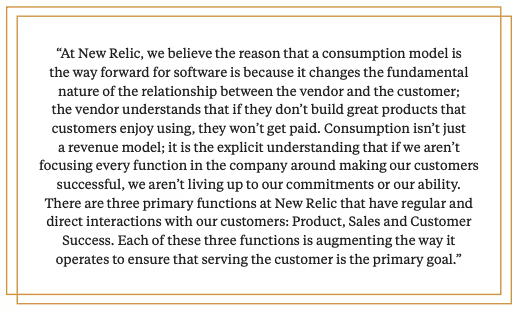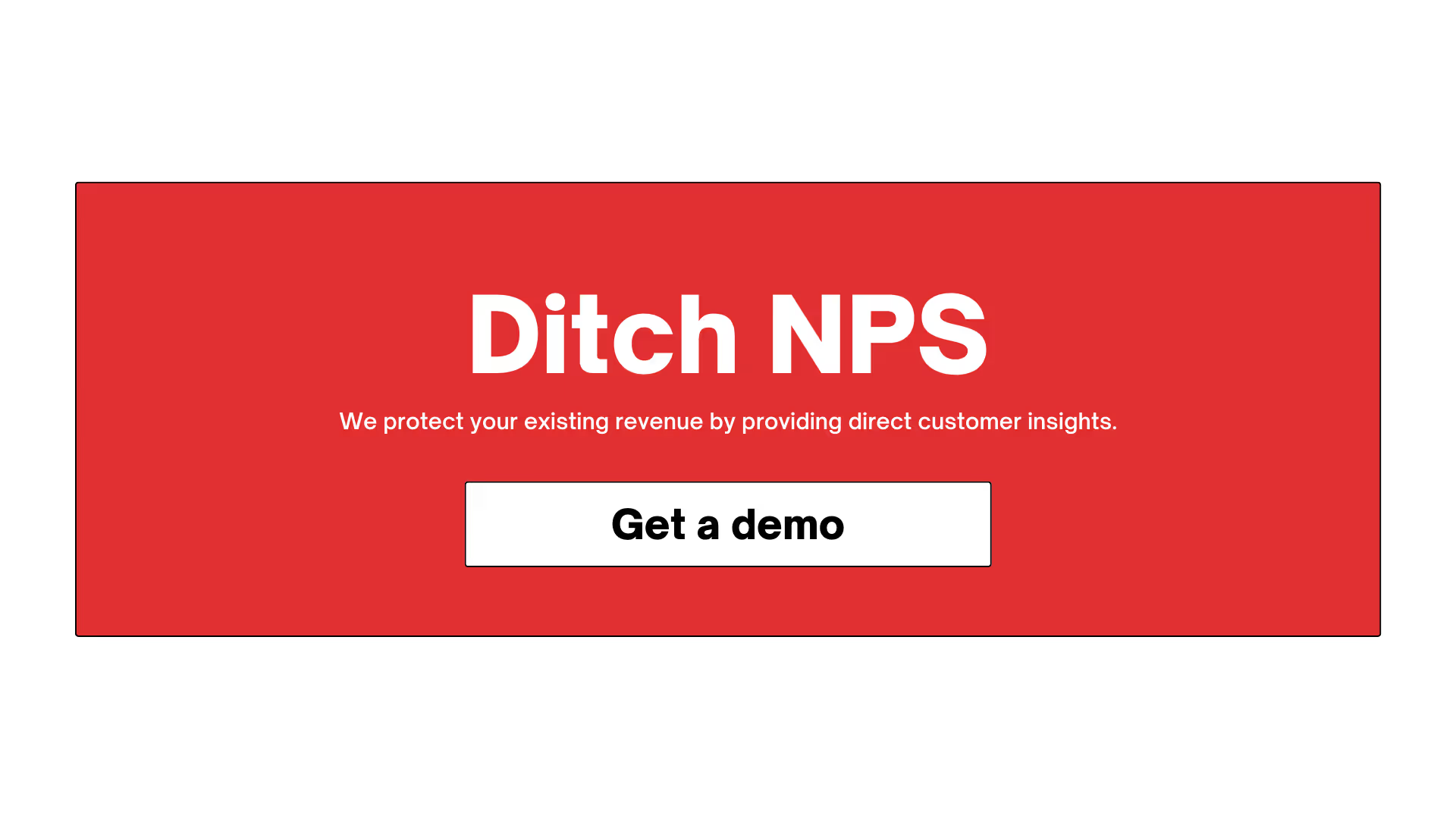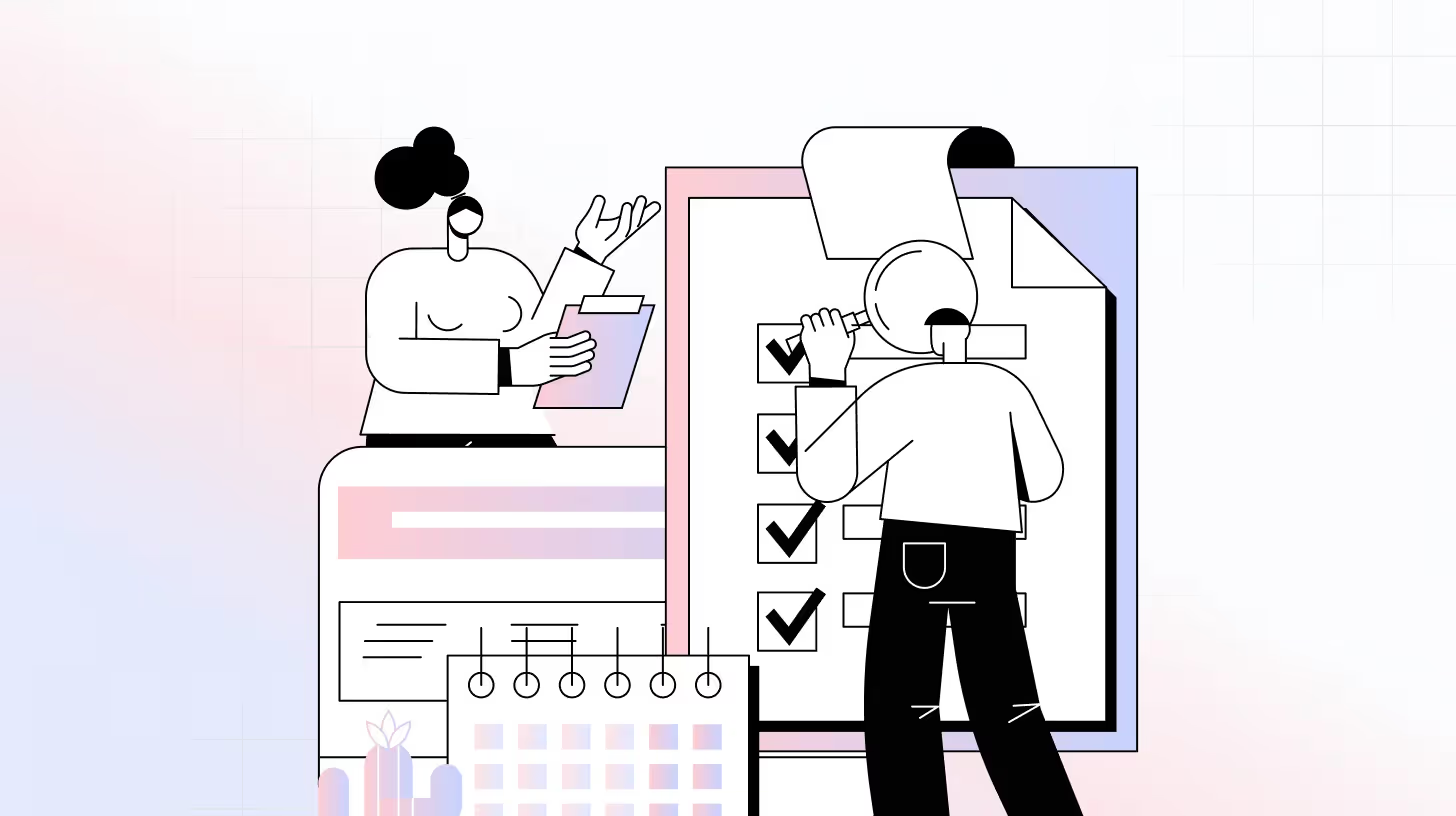 Blog
Blog Pricing? Yep, the CS Leader Has To Drive This Too
Pricing? Yep, the CS Leader Has To Drive This TooPricing? Yep, the CS Leader Has To Drive This Too

FEATURING KYLE POYAR, OPERATING PARTNER AT OPENVIEW
This article was originally featured in 2.0—the first magazine for Customer Success. Our 2nd volume, Customer-Led Growth, explores the teams, systems, and executive skills a Customer Success function needs to lead a CLG model. Grab your copy.

It’s unlikely you are a SaaS pricing expert. Unfortunately, your peer in Marketing probably isn’t either. What’s worse, pricing is often created by Marketing and Sales in the early days of a company’s growth, with little thought to the impact on customer success revenue impact, renewals, and expansions.
That leads to inevitable churn from customers where pricing was set too high, or minimal expansion opportunity when Sales included "everything extra for free." To change this cycle, Customer Success must play an active role in product pricing and make periodic updates that adjust to changing customer needs.
SaaS Pricing Models: A Quick Primer
We’d need a whole book to bring up to an expert level on pricing strategies, so instead we’re sharing the latest thinking on pricing strategy to inspire ideas and help you have a more sophisticated conversation with the CMO. Kyle Poyar, one of the most well-known SaaS pricing experts and Operating Partner at OpenView Ventures, has explored pricing models of many different companies and shared the trends with us below.
Before we pass the mic, it’s worth knowing where usage-based pricing came from. Here’s a quick overview:
- Two of the core tenants in pricing are: 1. let customers buy the product in a way that works for them, and 2. align price with the value you think customers will receive.
- So the default method of pricing became based on seat licenses. The thinking was, “If someone has a seat license, they’re using the product and they’re getting value.”
- Customer-Led Growth companies realize that seat license-based pricing doesn’t capture how much the product is getting used. A company could have 10 seat licenses and only use 1 of them.
- Enter: Usage-based pricing, which is a movement towards only charging companies for usage of the product, which is a better proxy for value than seat licenses.
Here’s Kyle Poyar with some of his latest learnings on usage-based pricing.

1. Pure usage-based pricing isn’t for every product
Even if customers are asking for usage-based pricing, some companies just don’t have a great usage metric they can use for their pricing. This pricing metric should:
- Strongly correlate with the value that different customers see in the product
- Share in the customer’s success (and therefore not *discourage* product adoption)
- Be flexible to allow customers to start small and scale over time
- Consistently increase month-over-month for the average customer
- Be feasible to monitor and meter in your product
Consider an online survey tool, for example. Should their usage metric be # of surveys, or does that force the customer to make a purchase decision each time someone on their team wants to deploy a new survey? Should it be # of survey responses, even though the value of a response might be very different if the respondents are B2B customers vs. free users vs. your own employees?
One way to solve for this is to mix subscription packages with usage-based pricing, similar to Zapier (screenshot below) or Cypress. The subscription packages help monetize the value of the product capabilities for different audiences. Meanwhile, the usage fee helps monetize customers as they grow their product adoption over time.

2. Usage-based pricing = compound interest
I wrote that public companies with a usage-based model are growing 38% faster than their peers. Unfortunately, that’s only half the story.
Usage-based pricing works like compound interest. It can actually be harder to reach your first $1M or even $10M with a usage model. Unlike selling fixed subscriptions that you can recognize immediately, with a usage-model you have to wait until your customer is launched, successful, and growing.
But all of that hard work does eventually add up. Growth starts to accrue naturally, just like compound interest, and your investment gets rewarded in future years.
Think long-term: usage-based pricing accrues value like compound interest, ideal for leaders focused on customer success and revenue impact.
3. Not all expansion revenue is created equally
Expansion revenue does look like compound interest from a macro-perspective. On the ground, it’s not always that simple. You should delineate your “organic” versus “inorganic” expansion and design separate motions to go after both opportunities.
Differentiate Organic vs. Inorganic Expansion Revenue
* Organic expansion = your customers simply use more of your product(s). This is a by-product of customers getting onboarded, seeing value from your product, and wanting to use more of it. The organic expansion number is usually owned by Customer Success rather than Sales. As such, most companies avoid over-paying commission on this expansion after the customer’s first year.
* Inorganic expansion = your customer bought new products or added use cases / business units that were not part of the initial purchase. Generating inorganic expansion generally requires a commercially-minded Account Exec or Account Manager who partners with Customer Success. They’re building an account plan to spot untapped opportunity, asking for introductions to other teams, co-creating business cases, etc. You’ll want to treat these opportunities more like you would a new business sale and compensate the team accordingly.
4. Learn from patterns that resulted in your best customers
One of the best ways to systematically improve your organic expansion is to reverse engineer the behaviors that resulted in your best customers, then apply those behaviors to other customers.
We call this a patient zero analysis - which does take on new meaning in COVID times. It includes a deep dive on everything you know about these top customers from your existing teams, your product data, and from conversations with key champions on the customer’s side.
You might discover, for instance, that implementing SSO allowed your customer to roll out your product to their entire engineering org. Or you might discover how your customer pitched the product’s value to their executive team in a way that you can leverage for future customers. Or you might find that the customer has found innovative use cases for the product that most of your existing customers haven’t taken advantage of yet.
Ideally you’ll translate those insights into a simple checklist of milestones that the Customer Success team adopts as a standard protocol for onboarding new customers.
5. Comp should reward the behaviors you want your GTM team to drive
For many usage-based companies, their goal is to get new customers in the door with as little friction as possible. They don’t want to waste time on lengthy negotiations to maximize the initial deal size. Rather, they’d prefer to spend their time making sure that customer has successfully implemented the product and is seeing value.
Comp then needs to align with these behaviors you want to drive. You may, for instance, pay a bounty on all new lands independent of the initial deal size so that reps close deals quickly. Document the behaviors you want each team to drive, then ensure comp isn’t mismatched.
6. Align your entire company with the customer’s success
The hard work *starts* at contract close, it doesn’t end at contract close. Every day the customer is making a decision about whether to use your product, which means every day they could potentially decide to stop paying altogether.
You need to set up your entire company to do what’s in the best interest of making sure your customers are seeing value. That includes things like:
- Not treating “bookings” or “commitments” as the holy grail - you don’t want your customers to over-commit and then feel taken advantage of
- Being willing to do a pilot or proof of concept to prove out the value before asking the customer for a long-term commitment
- Carving out product and UX resources to focus on product adoption rather than just new features
- Connecting marketing efforts with your product so that you’re creating community and giving users the tools to be more successful
- Simplifying pricing so that it doesn’t get in the way of customers adopting the product
- Offering generous support when users get stuck
These are all vital elements of pricing models for customer success.
New Relic put this extremely well in their February 4th Investor Letter describing their embrace of usage-based pricing. It’s worth quoting directly.

7. Invest in tooling to help customers understand their costs & benefits
While a usage-based pricing model is inherently flexible and hard to predict, many prospective customers will want to get a handle on what their costs could look like. You’ll want to equip the field with tooling and the right qualifying questions to better understand the customer’s specific use case(s) or workload(s) for your product. That way they can educate buyers about how much to expect to pay for the proof of concept and then a potential broader deployment later on.
Extra credit if you can articulate the ROI associated with these use cases as well. Twilio, for instance, can point to the ability to reduce no-shows with SMS appointment reminders, which gives the customer peace of mind that any unforeseen usage is actually good for business and saving them money.
Bonus: Stop saying “overage”
Overage sounds like you’re penalizing the customer for being more successful than they originally planned. And it gives me 2000s-era AT&T rollover minutes vibes (but who doesn’t love this old commercial?).
Your customer grew their business and wanted to consume more of your product. That’s fantastic, celebrate it! Don’t lock their account until they upgrade or charge punitive overage fees because they didn’t make a large enough pre-commitment 9 months ago.
Instead of overage, I like to use terms like “on demand” or “flex”. If the customer’s extra consumption was one-time or seasonal, true-up the flex usage at the end of the quarter. If it’s their new normal, re-up their contract at a higher commitment and volume discount.
Final Thoughts
Customer Success leaders must step up as strategic partners in pricing conversations. Whether you're shaping customer success pricing strategies, proposing pricing models, or demonstrating customer success revenue impact, your role is crucial.
AUTHOR
Kyle Poyar is an Operating Partner at OpenView Venture Partners, where he helps OV’s portfolio companies fuel growth and become market leaders. Follow Kyle on LinkedIn or subscribe to his newsletter, Growth Unhinged.

















.svg)